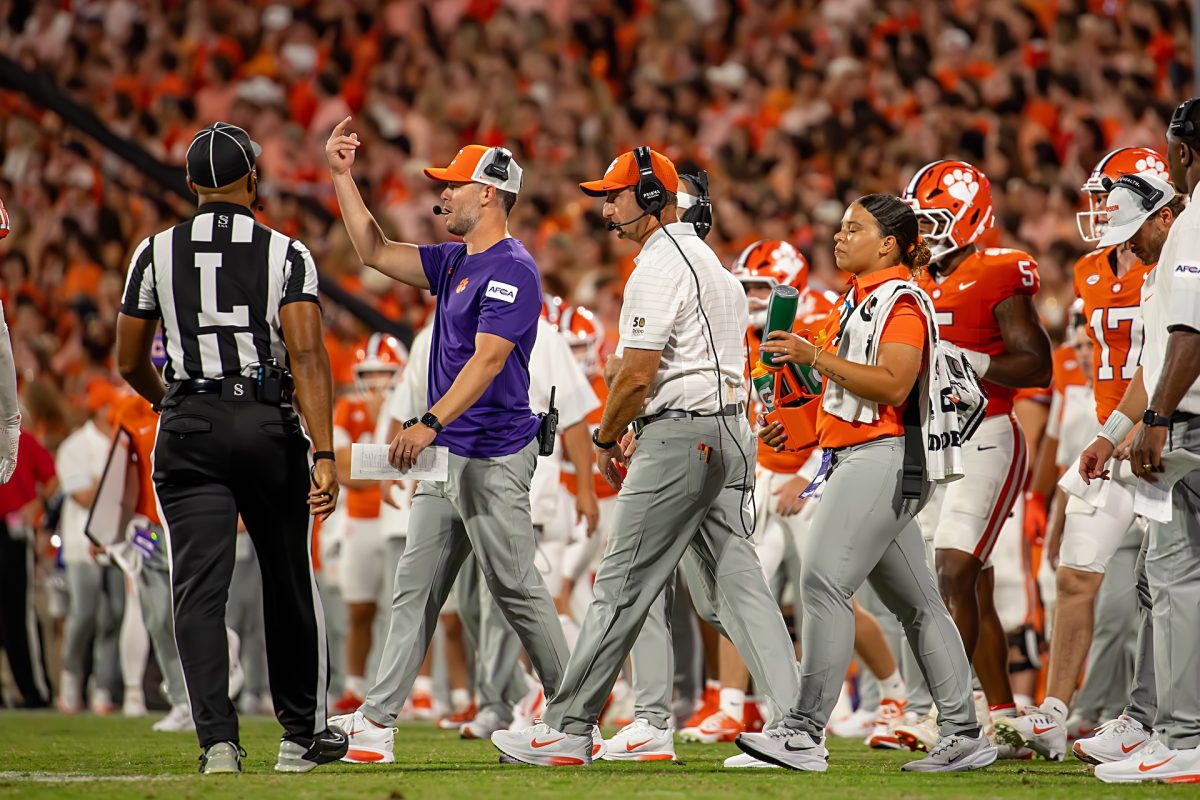An invite to the College Football Playoffs is synonymous with an invite to join the elite, to join a roster of history-making games and record-breaking players. Since the College Football Playoffs (CFP) were established, the invitational event has always been a three-game series with only four teams. The first and fourth seeds are pitted against each other, the second and third throw down, and the winners of both games are presented in the national championship in hopes of walking away with the trophy.
Recently, the CFP began investigating whether the playoff should be expanded to a twelve–team playing field. What does this mean for the individual teams, the divisions and college football as a whole? Let’s see.
The biggest question circling the proposed expansion comes from a revenue standpoint. By tripling the size of the playoffs, the CFP is allowing the opportunity for eight more teams and their respective divisions to earn a massive profit off of merchandise, tickets to games and advertising. According to Dennis Dodd of CBS, overall profits are estimated to increase by $400 million, a sorely needed boost following the deficit caused by the COVID-19 pandemic.
Although the CFP is currently in the midst of a 12-year contract with the ESPN network for streaming rights, an expansion of this caliber has the potential to begin a bidding war among other cable television giants who are eager to benefit from the increased viewership. This bidding war opens the door for yet more revenue for the teams involved in the playoffs and the entirety of the CFP organization.
Obviously, there are many positives relating to the proposed expansion of the playoffs. The money, the glory, the elongated time-span to reflect a more NFL-like playoff environment — all of these represent amazing opportunities for the future of college football. But what about the past? For decades, post-regular season has been defined by the many invitational bowl games — the Peach Bowl, the Rose Bowl and the Orange bowl, to name a few. These bowls have served as major attractions to draw fans in and extend college football season as long as possible, typically starting right before New Year’s Eve and ending in early January.
The CFP semi-final games are part of this bowl series on a rotating schedule, but an expansion to a 12-team bracket places the framework in jeopardy. There would need to be a complete restructuring of the bowl series to accommodate the lengthened playoff schedule, and a similar restructuring of the method in which it is determined what teams are invited to the playoffs. It is currently decided by an unbiased panel of 13 former coaches and higher-ups, but would most likely require additional members and a more elaborate computer-based algorithm.
From the perspective of an eager fan, I find it obvious that an expanded playoff run would be greatly beneficial. More football, increased revenue, a statistically improved chance for teams in all divisions to get a shot at national glory — I view that as worth the time and effort of restructuring the surrounding areas of the CFP. Tigers, let us know your opinions — do you think increasing the College Football Playoffs from four to twelve teams will do more harm than good in the long run?















